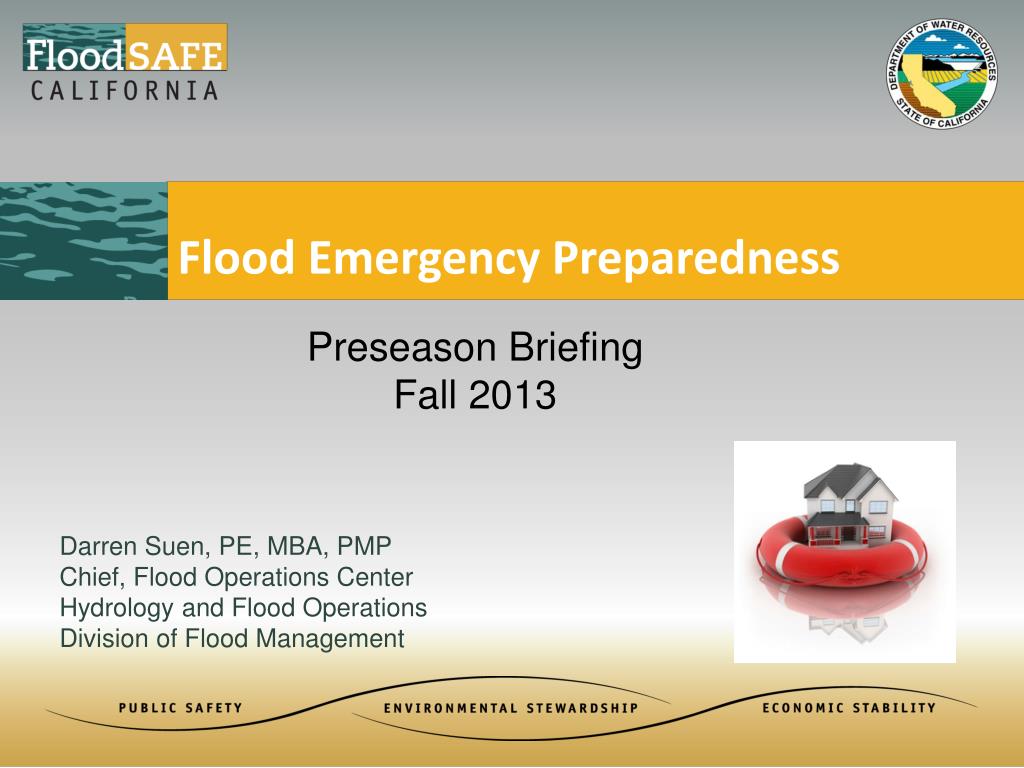Flash Flood Emergency Preparedness: Protecting Yourself And Your Family

Table of Contents
Understanding Flash Flood Risks
Knowing your vulnerability is the first step in effective flash flood emergency preparedness. Understanding the warning signs and identifying high-risk areas will help you react quickly and decisively when a flash flood threatens.
Identifying High-Risk Areas
Your location significantly influences your risk of experiencing a flash flood. Several factors increase vulnerability:
- Proximity to Water Sources: Live near a river, stream, creek, canyon, or other bodies of water? You're at higher risk. The closer you are, the faster the water can reach you during a flash flood.
- Floodplain Location: Check FEMA (Federal Emergency Management Agency) flood maps to see if your property is located within a designated floodplain. These maps identify areas with a high probability of flooding. You can find these maps online via the FEMA website.
- Recent Rainfall and Weather Forecasts: Pay close attention to weather reports, especially during periods of heavy rainfall. A significant amount of rainfall in a short period dramatically increases the risk of flash flooding. Be aware of upstream rainfall, as water runoff can quickly cause downstream flooding.
- Topographical Features: Steep slopes and narrow canyons can funnel water rapidly, increasing the speed and force of flash floods in these areas.
Recognizing Flash Flood Warning Signs
Early detection is crucial for effective flash flood emergency preparedness. Knowing the warning signs can give you precious time to react and protect yourself and your family. Be alert for:
- Rapidly Rising Water Levels: A sudden and significant increase in water levels in streams, rivers, or normally dry areas is a major warning sign.
- Increased Water Flow: Noticeably faster-moving water in areas that usually have slow-moving or stagnant water indicates potential danger.
- Debris Flow: Logs, branches, and other debris flowing rapidly in a stream or river is a clear sign of increased water volume and speed, indicating a potential flash flood.
- Muddy Water: A significant change in water clarity, becoming significantly muddier than normal, suggests increased sediment flow which often accompanies flash floods.
- Heavy Rainfall in Your Area or Upstream: Intense and prolonged rainfall, especially in areas upstream from your location, is a critical indicator of an increased risk of flash flooding.
Creating a Flash Flood Emergency Plan
A well-defined flash flood emergency plan is paramount for your safety and the safety of your family. This plan should cover evacuation routes, emergency supplies, and communication strategies.
Develop an Evacuation Route
Planning your escape route in advance is essential for efficient and safe evacuation. Consider these points:
- Multiple Escape Routes: Identify at least two different escape routes from your home and neighborhood, in case one becomes blocked.
- Designated Meeting Points: Determine safe meeting points both inside and outside your home for family members to assemble if separated during the event.
- Nearest Shelters: Locate the nearest designated shelters or safe zones in your area. This information is usually available through local emergency services or your community's official website.
- Practice Your Plan: Regularly practice your evacuation plan, especially with children, to ensure everyone knows what to do and where to go.
Assemble a Flash Flood Emergency Kit
A well-stocked emergency kit will provide essential supplies during and after a flash flood. Include:
- Water and Food: Store sufficient non-perishable food and water for several days.
- First-Aid Kit: A comprehensive first-aid kit with necessary medications.
- Flashlight and Radio: A hand-crank or battery-powered flashlight and a weather-band radio for communication and information.
- Extra Batteries: Keep plenty of spare batteries for your flashlight and radio.
- Whistle: A whistle can help attract attention if you're trapped.
- Important Documents: Store crucial documents such as insurance papers and identification in a waterproof bag.
- Pet Supplies: If you have pets, include pet food, water, and necessary medications in your kit.
Communicating During a Flash Flood
Maintaining communication during a flash flood is vital. Having a plan in place ensures that you can stay in touch with family members and receive important updates.
- Out-of-State Contact: Designate an out-of-state contact person who family members can check in with, as local phone lines may be overloaded.
- Charged Devices: Keep cell phones and other communication devices fully charged.
- Backup Communication: Consider a backup communication plan, such as a satellite phone or two-way radio, in case cellular service is unavailable.
Flash Flood Safety Measures During and After the Event
Knowing what to do during and after a flash flood can significantly reduce the risk of injury and property damage.
Actions During a Flash Flood
Your immediate priority during a flash flood is to ensure your safety.
- Move to Higher Ground: Immediately move to higher ground, away from floodwaters.
- Avoid Driving: Never attempt to drive through flooded areas; even shallow water can sweep your vehicle away.
- Power Lines and Trees: Stay away from downed power lines and fallen trees, which can be dangerous.
- Avoid Floodwaters: Never touch floodwaters as they may be electrically charged or contaminated.
- Seek Refuge: If trapped, find refuge on higher ground and call for emergency assistance.
Post-Flash Flood Actions
Once the immediate danger has passed, take these important steps:
- Check for Injuries: Check for injuries and seek medical attention if needed.
- Avoid Contaminated Water: Continue to avoid floodwaters, as they may be contaminated with sewage and other hazardous materials.
- Report Damage: Report any damage to your property or infrastructure to the appropriate authorities.
- Clean and Sanitize: Thoroughly clean and sanitize your home to remove any contaminants.
- Be Aware of Hazards: Be aware of potential hazards like damaged infrastructure, sewage contamination, and the increased risk of disease outbreaks.
Conclusion
Flash flood emergency preparedness isn't just about surviving; it's about protecting your loved ones and minimizing the impact of this devastating event. By understanding flash flood risks, creating a comprehensive emergency plan, and knowing how to react during and after a flood, you significantly increase your chances of safety. Don't wait for a disaster to strike. Start implementing your flash flood emergency preparedness plan today. Take action to ensure your family's safety and build resilience against the destructive power of flash floods. Learn more about local flash flood alerts and resources in your area and become proactive in your family’s flash flood emergency preparedness.

Featured Posts
-
 Queen Wen Courts Paris Again Fashion Diplomacy And Influence
May 25, 2025
Queen Wen Courts Paris Again Fashion Diplomacy And Influence
May 25, 2025 -
 The Impact Of Rising Retail Sales On Bank Of Canadas Monetary Policy
May 25, 2025
The Impact Of Rising Retail Sales On Bank Of Canadas Monetary Policy
May 25, 2025 -
 L Affaire Ardisson Le Temoignage De Laurent Baffie Et Les Accusations De Comportement Machiste
May 25, 2025
L Affaire Ardisson Le Temoignage De Laurent Baffie Et Les Accusations De Comportement Machiste
May 25, 2025 -
 Analyzing The Week That Defined Joe Bidens Post Presidential Transition
May 25, 2025
Analyzing The Week That Defined Joe Bidens Post Presidential Transition
May 25, 2025 -
 Ecb Faiz Indirimi Avrupa Borsalari Nasil Etkilendi
May 25, 2025
Ecb Faiz Indirimi Avrupa Borsalari Nasil Etkilendi
May 25, 2025
